My Daughter-in-Law’s Shocking Reaction to My Holiday Weight Comment Still Haunts Me

The large ball of fire thousands of miles away from us is the brightest object in our Solar System, as well as the biggest. If Jupiter was the size of a basketball, then the Earth would be a tiny little grape. But the Sun makes even Jupiter look like a joke.
That big burning ball in the sky is made up of hydrogen and helium and is 864,000 miles in diameter, making it more than 100 times wider than our little blue planet. It’s 10,000 degrees Fahrenheit just on the surface and 27 million degrees at the core.
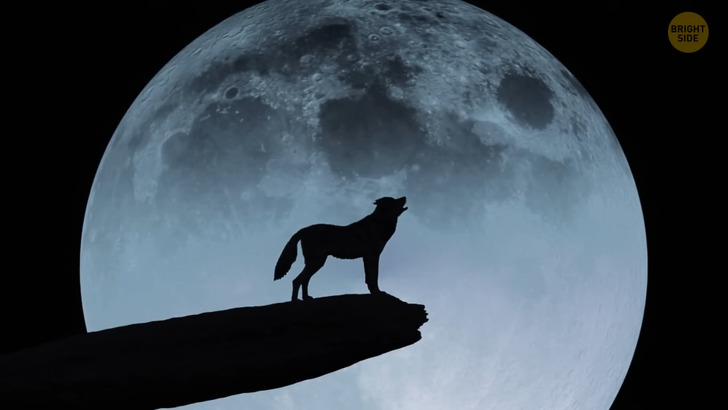
The Moon, on the other hand, is a little easier to grasp at around 2,160 miles in diameter, which is only less than a third of Earth. It might seem pretty big floating in the sky, but that’s because it’s the closest object to us. But what if the tables, or in this case, celestial bodies, have turned, and the Moon suddenly became brighter than the Sun? Let’s explore several scenarios.
Scenario 1 If the Moon becomes brighter than the Sun, the nights will be brighter than days. It means your sleep cycle will be disrupted. All nocturnal animals will be utterly confused. When is it time to go out and eat now? In the extreme North and South poles, the nights and days are for months on end, so people living in the area already have an idea of what it’s like to sleep at 11 PM with the Sun shining brightly above them. For the rest of us, it won’t be easy.
Let’s say you’re out camping and prepare an awesome meal, and gear up for the dark nights. As you trek into the forest, you find a spot that has an awesome view of the lake and the clear sky above. It’s 7 PM, and you start a fire for some smores and get the telescope ready. The only problem is that when the Sun begins to set, the Moon lights up the sky even brighter. It’s surprisingly not as hot as you’d imagine since it’s not direct sunlight. But regardless, it’s still pretty hot.
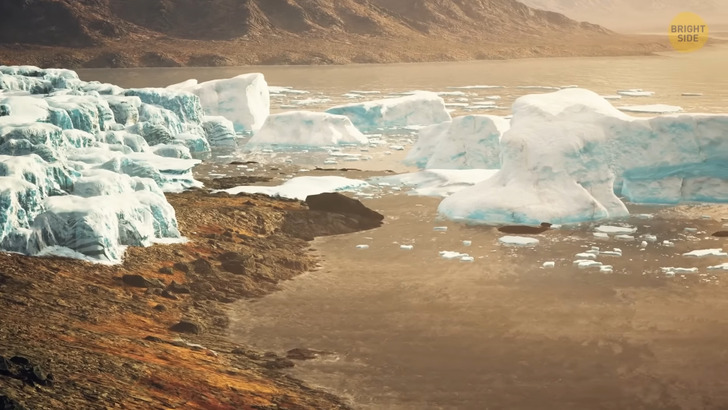
Scenario 2 Temperatures will surely rise either way. That means snow will melt away faster than you can go “wait, what’s going on?” The snow on the polar caps will be the first to melt, followed by the polar caps. With so much heat, the sea levels will rise and take small remote islands scattered across the ocean underwater.
Coastal towns will go down, and everyone will live closer inward. This will likely cause a chain reaction in the world economy. There will be no more winters, which means no more winter activities like skiing, snowboarding, or snow fights. Animals and plants all around the world will be affected. The world will turn into a large desert. Water will get scarce over the years, but people will find a way to preserve it.
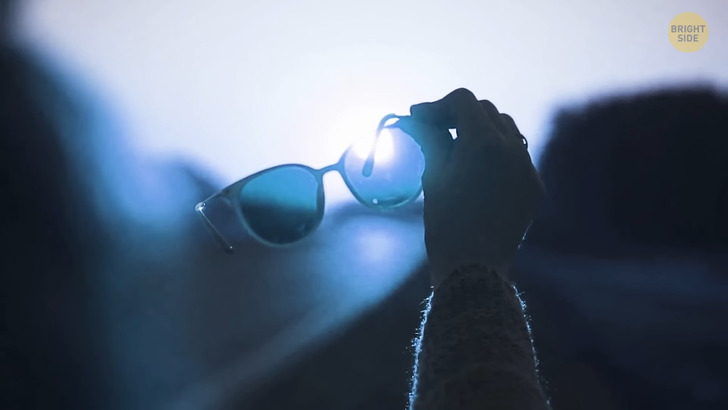
Scenario 3 You’re sitting behind your desk, bored. You’re losing business. People aren’t buying as many sunglasses as you thought. But then the Moon suddenly becomes brighter than the Sun, and everyone needs to wear these glasses 24/7 when heading outside. You can’t keep up with the demand for sunglasses, so you hire more people and grow your business.
You eventually become the best sunglasses business in the country. They don’t recommend looking up at the sky at any point of the day or night. Cities are covered with large visors to reduce the brightness every day. Sunglasses will come in different sizes and shapes for different times of the day. Some will be like goggles strapped around your head, while others will be like large helmets.
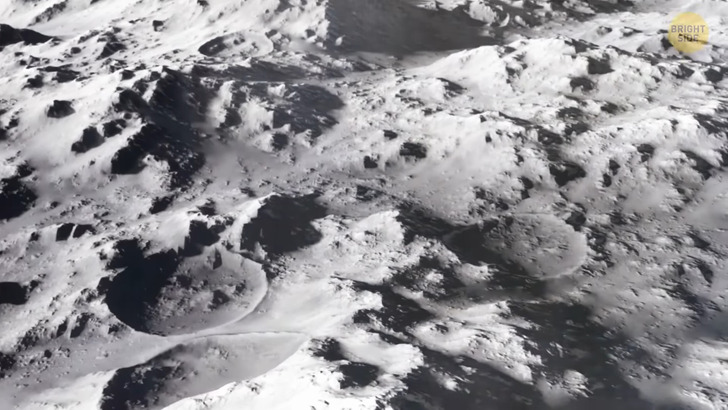
Scenario 4 The Moon’s atmosphere is so thin that it can’t contain anything in it. Just like over deserts on Earth, there are no clouds to bring some rain which is why it’s always hot or cold. Yeah, the biggest desert in the world is the whole continent of Antarctica which is a cold, barren desert contrary to what people think of the Sahara Desert.
So, if you still want to land on the Moon, you better think twice now. People who are working at the International Space Station will have to find a new office. The Moon will be too bright to bare, considering how close they are. If the Moon is just brighter than the Sun without the heat part, then the Space Station will only require adjustments to keep the light out.
The reason why we see the Moon in various shapes is because of its position in relation to the Sun. The Moon doesn’t rotate, unlike Earth. It’s kinda glued to us and is always showing the same side. So depending on the Moon’s position during the month, we’ll have a super bright night during the full moon and relatively shiny nights during the rest of the month.
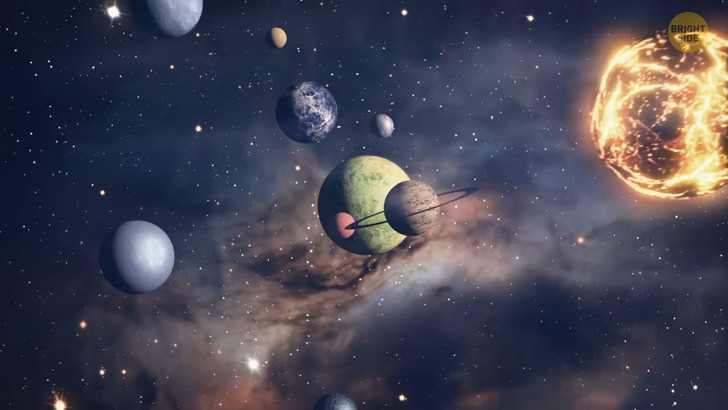
Scenario 5 If the Moon became brighter than the Sun, it would produce more heat than the Sun and probably become larger. Gravity on Earth would change significantly because of the Moon’s new size. The whole orbit structure would change and affect the celestial objects floating in space. Plants would soon begin to orbit around the Moon. Earth might move further away from the Sun.
If that happened, then everything would have to readjust to the radical changes in gravity. Weak gravity means buildings wouldn’t have a solid foundation to sit on and would eventually collapse. Bridges and large monuments would also fail to hold up. People wouldn’t be able to walk properly and would do it in a funny way.
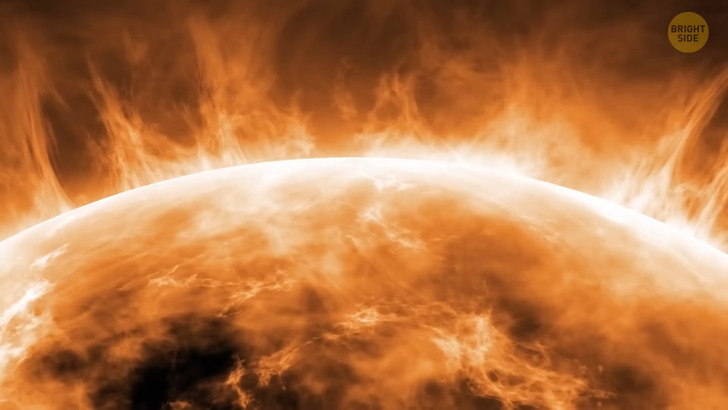
Scenario 6 In many of these scenarios, I mentioned how the Moon would just be brighter than the object emitting light. But in this case, the light would have to come from the Moon reflecting from the Sun, which means that the Sun would have to be twice as bright as it is now. If the Sun got 100 times bigger, it would shoot out more rays, which can be damaging and throw off a lot of radiation, harmful to every living thing on Earth.
The gravitational pull of the Sun might attract more planets to orbit around it and cause other objects in space to join the orbit. The planets would be partying in our galaxy club, and we might be thrown off our orbit course. Of course, this would pose a bigger risk to everything on Earth as things would get hotter and drier than before.
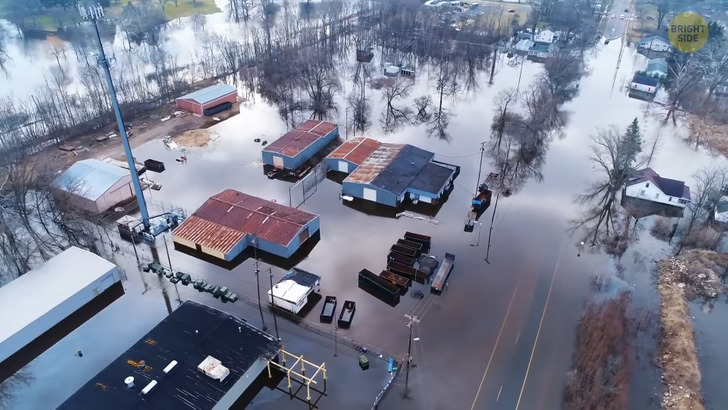
Scenario 7 If we’re talking about the Moon getting brighter, we can also assume it would get closer to Earth than it is now. The brightness won’t be the problem here, as gravity will cause major changes on Earth. But every day 24/7 will be high-tide. It will be so extreme that there will be constant floods in every coastal town. All islands will be submerged, which will increase the population of inland cities. Marine life will be having the time of its life when water overtakes the land.
Boats will have to be reengineered for the new conditions as well as submarines. Air travel will be the priority, but large cruise ships will look futuristic and have an extra build to sustain the harsh waves. Nighttime will be pretty bright on regular days. It will raise the global temperature, which will melt up the snow causing the sea levels to increase even more. Comets and other celestial objects will be drawn to a closer gravitational pull, so we will always have to look up whenever we go outside.
But no worries! The Moon is still up there as it will be for a very long time. The Earth’s and the Moon’s relationship is... complicated. Luckily, we only have one natural satellite. Other planets in our Solar System have multiple moons revolving around them. Some are so huge that they’re the size of Earth. Imagine several of those affecting our home. But that’s a topic for a completely different story.











